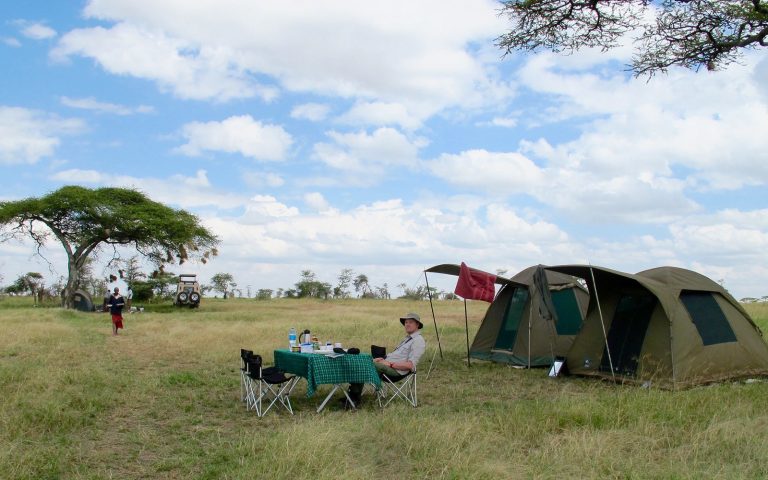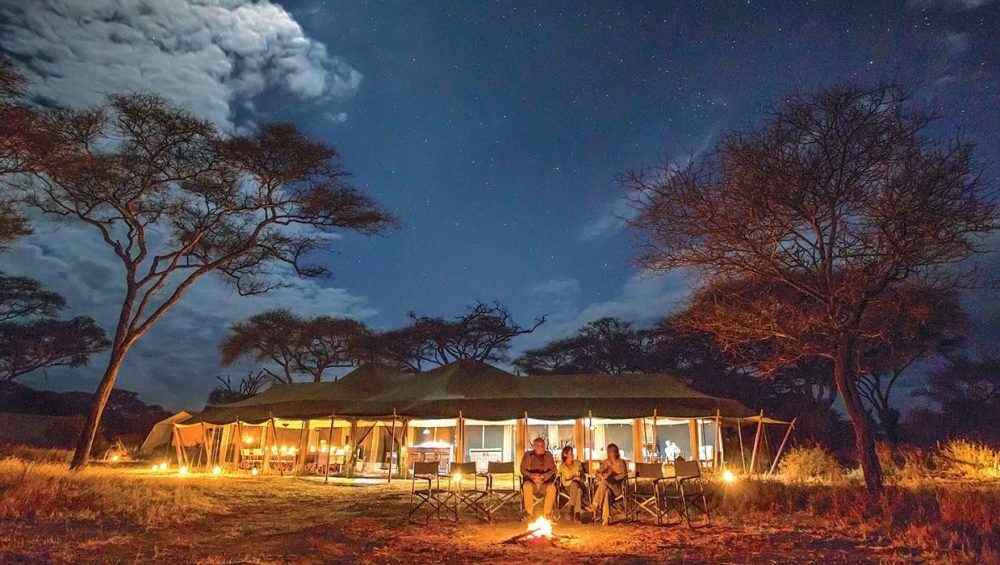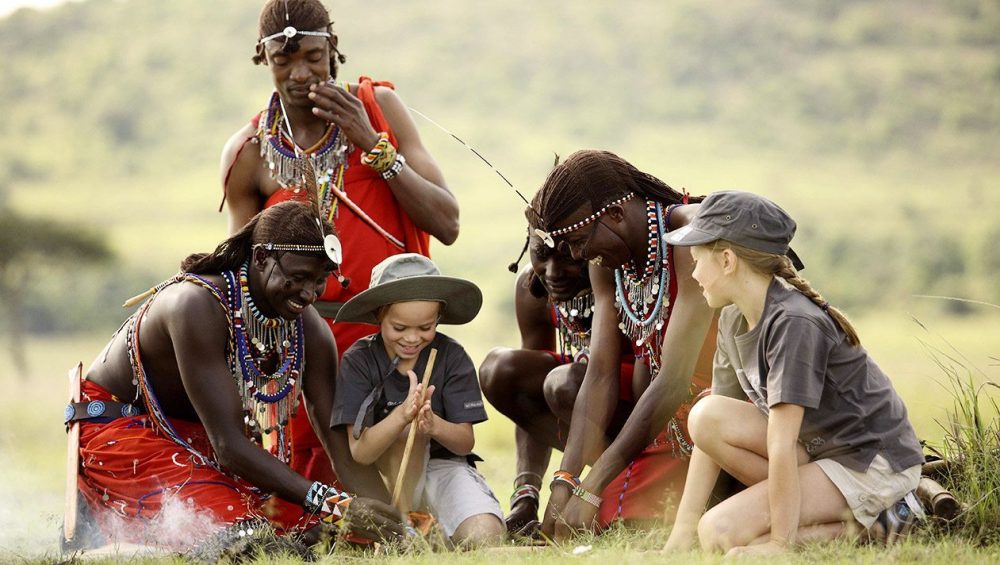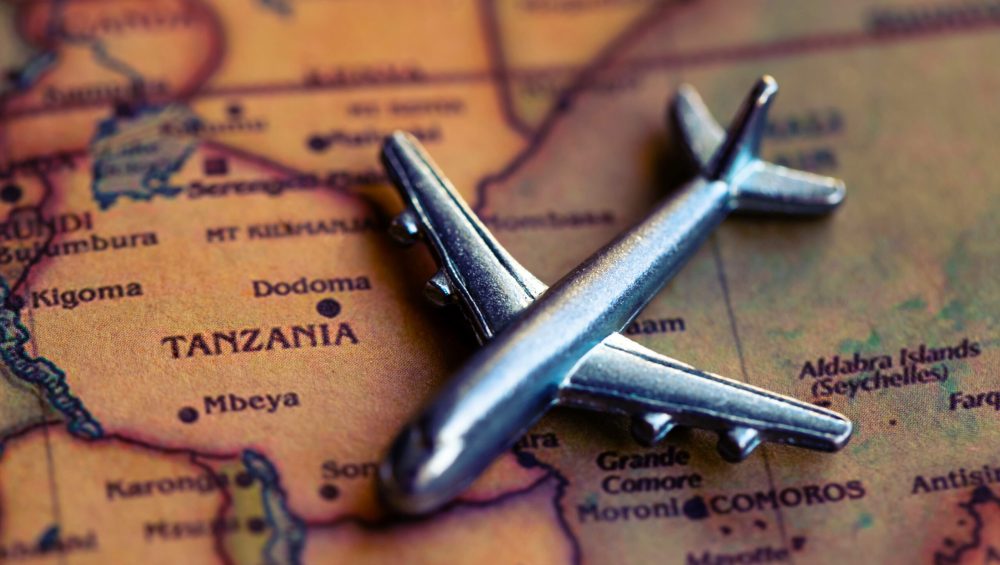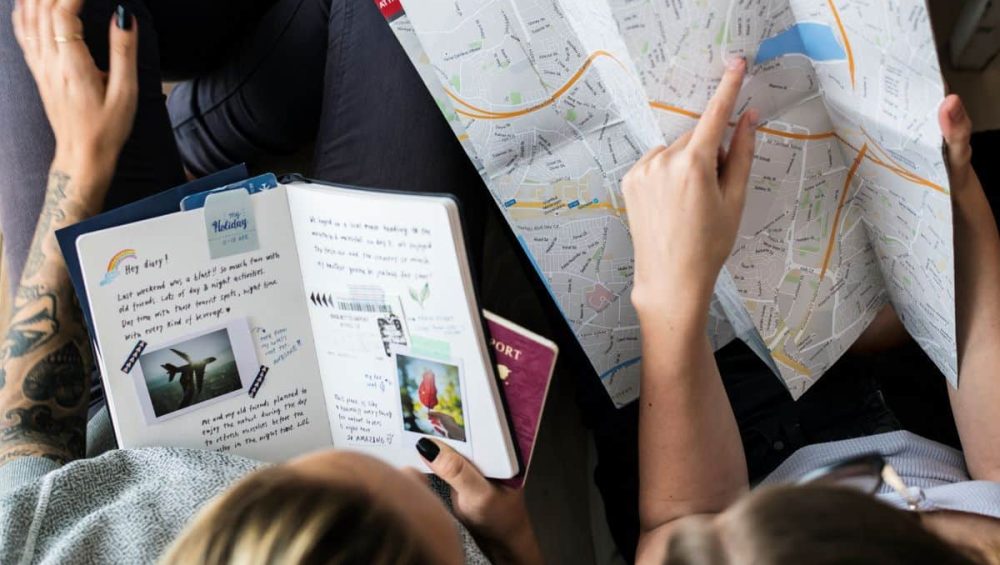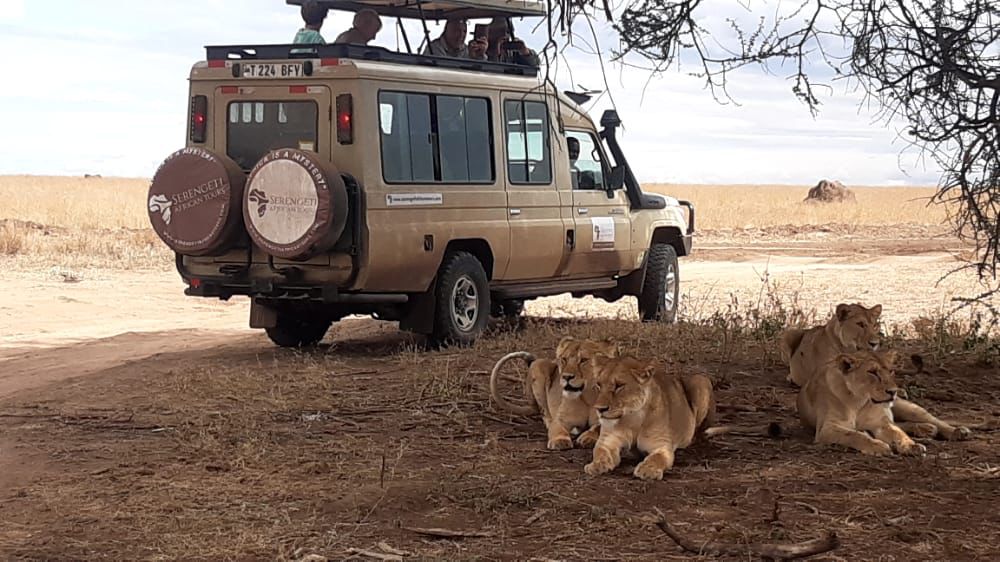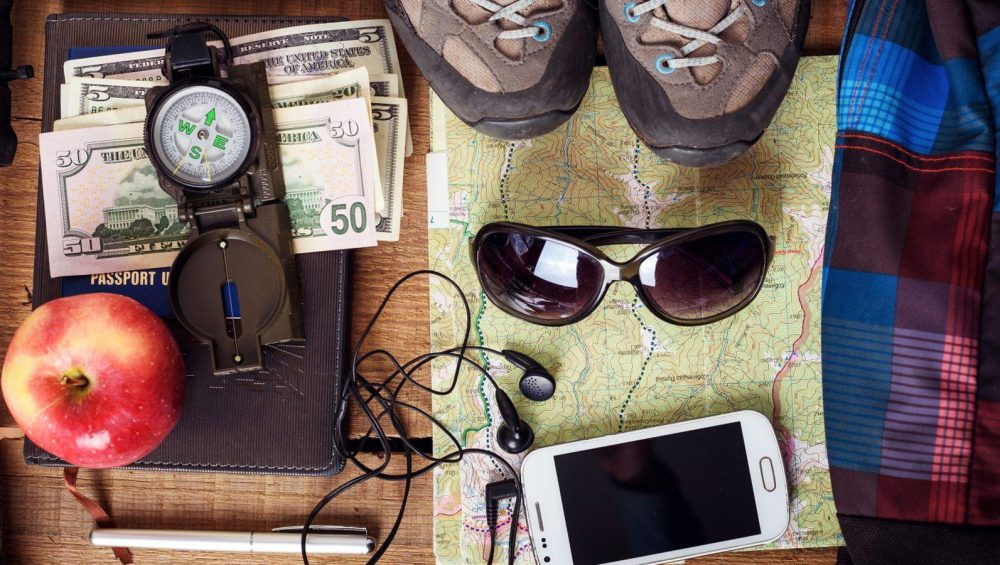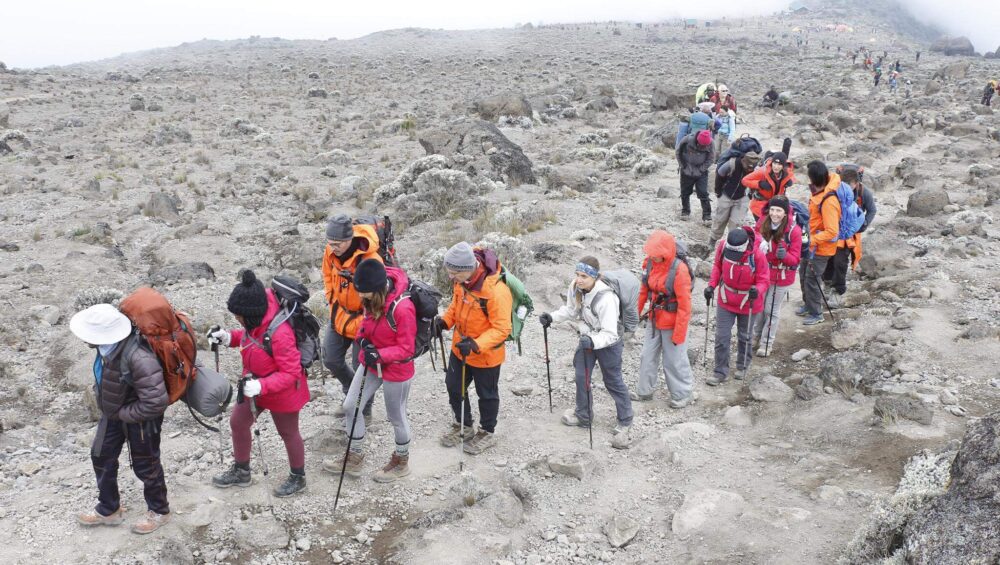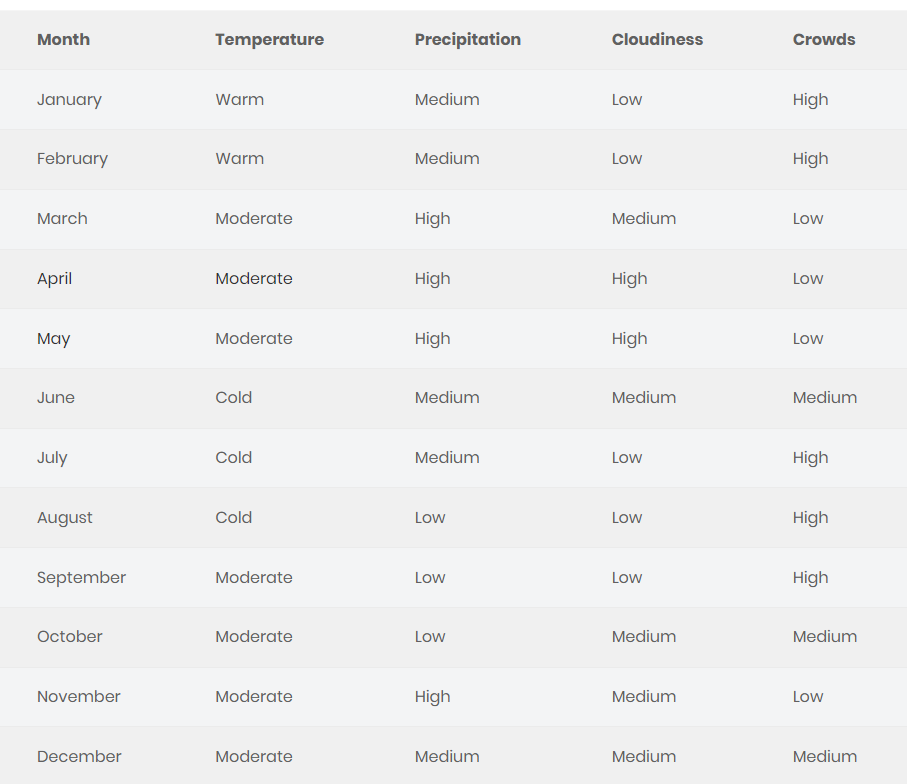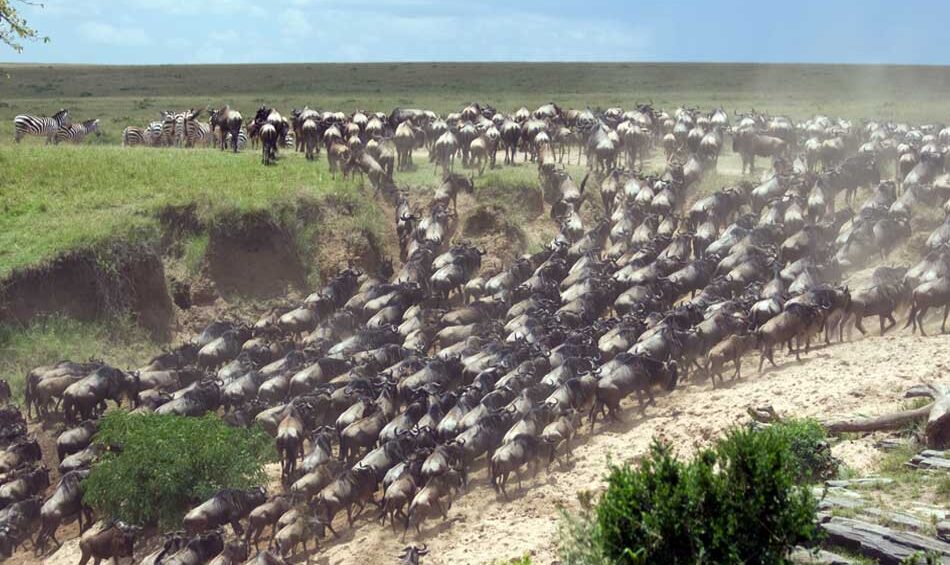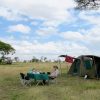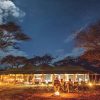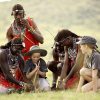Going on an African/ Tanzanian safari vacation is a dream of many, but it is also one of those vacations that requires a huge amount of planning.
Sure, you could fly to Tanzania, rent a car, and just take off into the countryside, but it would be ill-advised to do so, as most roads are unmarked. It is simply better to be with someone who is familiar with the area.
You need professional help to plan out how you will spend your safari and to have proper, safe transport.
However, you needn’t rely on professionals to plan out your entire vacation. Your vacation should be your own, plan as much as you want, but don’t forget the professionals know what’s hot.
Choosing the right time and place can make or break an entire vacation. This is especially true when it comes to an African safari vacation. So, how do you plan out your first safari vacation?
Why Go On An African / Tanzania Safari?
Safari ventures are full of vast skies, open horizons, and giving yourself over to the wild world. You get more up close and personal with wildlife, you will meet new people and discover new things.
Here are the reasons you may want to go on a Tanzania safari.
Experience African Culture
Safaris are not all about wildlife, a big part of safaris is enjoying an introduction to new cultures. You get to engross yourself more with African cultures and try unique foods of native taste.
You could interact with a local tribe and experience a different way of living. You leave the vacation with a whole new perspective on life and living, seeing the world and society from a new view.
Wildlife
Most of us have seen wildlife on television or in movies, however, things are very different when we get to see these animals face to face.
Seeing a herd of elephants right before your eyes is very different from seeing them in a documentary.
A pride of lions walking by you, or watching a hippo enjoy a bath like you would is so much more awe-inspiring than when you see these things on TV. These animals are in their natural habitat, with minimal human interference.
Not only is it more honest and true to see them this way, but there are no breaks in the action and no fences.
Change Of Scenery
Any Tanzania vacation is a break from the stresses and chaos of everyday human life, and it takes you back to nature. You get to have new scenery, a change of culture, and a new lease on life in a different place for a short while.
The Serengeti, Tarangire National Park, Mikumi National Park, and more places will leave you breathless and amazed by how beautiful our world can be.
When we have a moment to catch our breath and enjoy what mother nature laid down in front of us.
Sense Of Adventure
Any trip away brings a sense of adventure. Adventure is something that most of us seek outside of our day-to-day lives, excitement, joy, seeing, and learning new things. A safari will bring this long-craved sense of adventure.
Out in the middle of the Serengeti, there is little else but adventure, sure, you will be on a guided tour with a professional guide, but it is enough to awaken the fascinated kid in your heart.
Once In A Lifetime Experience
Not many of us get a chance to venture out of our homes and into the wilderness for more than five minutes. For the majority of people, going and seeing lions or elephants usually means a trip to the zoo.
However, when you get the opportunity to see lions and elephants in their natural habitat, no bars, no glass, face to face, in their home, it is different. These kinds of trips are not things that we get to do more than once, so it is well worth it.
For most people, the only things on their doorstep are a Starbucks and a bunch of cars, but to wake up and have a safari right there is something we all have to experience, at least once.
What To Consider
You can’t just pack up, and go on any old safari, vacations need planning, and safaris even more so, so, what do you need to think about?
Review Your Budget
No vacation will be cheap, however, safaris can be on the pricier side of things. The best thing you can do if you want a lovely safari vacation is to save up before you book.
The daily cost for a safari vacation can be anywhere from $200 to $1,000 per person per day.
This would include travel between camps, however, it doesn’t include your flights and you are expected to tip. So, look over your budget and make sure that you can afford it first, or at least save up.
Types Of Accommodation
Consider where you want to stay: a lodge, perhaps a tent? Note that pretty much every National park will offer visitors tented camps or lodges.
Don’t forget to always check what types of accommodation are on offer before you book!
Each national park will have its own set-up for visitors. For example, Sangaiwe Tented Camp in Tarangire has spacious canvas thatched rooms with a private bathroom and even a swimming pool.
On the other hand, if you were to visit Arusha National Park you have plenty of lodges to stay at, or if you prefer things in the style of the traditional holiday-maker, you could stay at a hotel!
If you wanted a long stay vacation you could look at a Northern Tanzania Safari going from Arusha to the Serengeti through Tarangire and more. You could take this 8-day vacation and enjoy a wonderful Safari in comfortable accommodations.
An 8-day vacation is an ideal option for those who want to soak up a new environment. Attending a Safari like this and staying in a National Park tent camp or lodge is a great way to do this!
Thankfully most parks will offer you lodges or tents.
Consider A Guided Tour
Guided tours might seem like a bit of a droll idea if you are the type of person who adores venturing out on their own, but guided tours can be one of the best choices you will make.
They come as a package deal, and the bigger your group is the cheaper it will work out for you. You will get knowledge of the area, and the experience and wisdom of someone who spends most of their time out on the safari.
Not to mention that the experience is all the more immersive this way.
Many safari agencies will give you a guide who will take you from camp to camp.
One of the best things about having a guide with you is that they will have a radio to have contact with other guides who will contact each other to confirm where the animals are.
They will be able to give you better visibility of the safari than simply relying on the chance that a pack of hyenas or a pride of lions might show up.
Do not forget that you can travel with a guide in an open-air vehicle and soak it up. It’s better than taking your car!
When you are taken on a tour by your guide you also get the knowledge of the guide. Following riders on the journey can enrich your whole experience with their knowledge, and having some company.
You learn more from conversing with the guide and your fellow riders than you will from a booklet or an audiobook, and you will maybe learn some facts that a book or audio tape could not be able to provide.
The expertise of a guide is a cherished thing on safaris. A guide will know the area very well, and since they will likely be communicating with other guides as well, their wisdom of the area is greater.
However, in the instance that something dangerous could happen, they know how to deal with it, and you are not left in a panic unsure of your safety.
If your guide tells you to stay still, it is for a reason, they will give you directions to keep you safe.
If you went without a guide, this is one of the main things you would be lacking.
Some safaris may allow you out without a guide, however, in many areas you won’t be able to access the best parts unless you are on a full safari vacation with a guide. You will see things you wouldn’t be able to see from a normal road.
These guides know the tracks, the good spots, the areas where the animals are best found, and the things that will amaze you the most.
Most of the safari will be accessible for you to witness when you choose a guided tour, having a professional with you comes with perks.
When To Go
Another factor that many of us forget to consider is when we should go on a vacation. We might think that with Africa on the equator, it will always be lush summer weather.
In comparison to those of us who live in obviously seasoned climates, this may be true.
However, Africa has its seasons. All the East African regions will have a wet season and a dry season. Not only this but when you go can also dictate the price and what you will see. Let’s consider what is best for you.
December, January, February, and March
The dry season is from June to October and from December to March. These are probably the most popular times to visit Tanzania.
If you want to see something spectacular, then the first two months of the year are the best time to travel to Tanzania.
However, in January and February, you may be blessed to see some babies, as it is this time of year when the wildebeest tend to calf.
See this in Ndutu, or return later from July to October to the Serengeti and Masai Mara to see the crossing, and watch the journey the calves have to make.
It is also the high season which is worth noting.
April, May
April to May is the rainy season, there will be lots of greenery and prices will generally be much lower. This is due to fewer people going to Safari’s the prices will be cheaper than the rest of the year.
However, you will miss out on the birthing of the calves, and the crossing of the Masai Mara. Yet, the wildebeest are always on the move, so you will still see part of the great migration.
June
June is part of the dry season which is not so popular. It is a time of year in which it is ideal to visit the central Serengeti.
This is the perfect month to visit if you want to visit during the dry season, but do not depend on the high season.
July, August, September, and October
Safari-goers will typically visit during this season, and there are plenty of reasons why it is so popular, from the wildlife being in obvious spots.
With pleasant temperatures, fewer biting bugs, and with comfortable traveling conditions, there is not much you can complain about.
The great wildebeest migration is the largest migration of mammals in the world. It is also one of the seven wonders as well. You see millions of wildebeest, gazelle, and zebras run across the plains of the Serengeti.
Timing this and getting to experience it is a once-in-a-lifetime experience for certain. While the beginning of the year is great if you aren’t focused on seeing the calving, consider July to October.
The herds will be around the Mara River at this time. This is when you will be most likely to see the Mara River Crossing happening. You can see this migration all year around, however, the Mara River crossing is one of the most popular.
However, it is not all sunshine and roses, and you should consider much about it. It is peak safari season, with many tourists going at this time of year since the wildlife will gather around waterholes. This makes them easier to spot.
But there are also fewer mosquitos, clear skies, cooler evenings and mornings, and it is the best time to see the wildebeest.
If you get a chance to witness this incredible act of nature, you will watch the herds cross the river. Fighting fast-flowing rivers and hungry crocodiles. It is an intense sight to see.
Sadly, because these months are the best to visit, prices are higher, meaning that if you want to go at peak season, you can be certain you will pay more for it.
November
November is also part of the rainy season, meaning that there will also be a great deal of greenery around. Much like the rainy season earlier in the year, it is much quieter.
People tend to visit during the dry seasons and to see events like the calving and the crossing of the Masai Mara. So, the wet season is usually quieter, so you get better prices, and will still get to see part of the great migration.
Where To Go
Africa is packed with epic locations, but which is best for you?
Eastern Africa
Eastern Africa is filled with plenty to see and much to enjoy, but each country has something special for you.
Tanzania
Tanzania will let you witness the great migration from the Serengeti to the Masai Mara in Kenya. If you time it right, and the rainfall comes at the right time it will be beautiful.
But sporadic timing does mean you can see many aspects of this occurrence.
You may see the calves being born in the early months of the year, or river crossings in the summer.
The herd will be followed by cheetahs, wild dogs, lions, and hyenas, so you may see a bit of everything.
Kenya
Kenya will bring you the Masai Mara river crossings, where you witness an enormous herd of wildebeest crossing a crocodile-infested river in hope of getting to the other side.
However, you can also visit one of their 24 national parks. However, if you travel between September and October you will get to enjoy the dry season, with cooler weather. Of course, these are also the months of the Masai Mara migration.
It is a great opportunity to see wildebeest, gazelle, zebras, and even lions and cheetahs in their natural habitat. It does get costly, as this is a popular event and one of the wonders of the world, but it is worth it.
Uganda
Uganda will give you mountain gorilla treks. You need to head to Bwindi Impenetrable National Park, this place is a rainforest in which around half of the world’s mountain gorillas are known as home.
The best time to travel here is the summer months, from June to September. However, if you don’t want to pay an arm and a leg, November is a brilliant time to travel and beat the competitive competition.
March and April are the low seasons, and they are also worth it, as you can trek the gorillas in tiny groups
Rwanda
If you fancy going on a Safari in Rwanda, it is best to go in their dry season, this time of year is also a popular time to start booking gorilla treks too, due to sunny conditions and clear skies.
The gorilla treks here take place around the rainforests, especially in Volcanoes National Park. You will also see chimpanzees as well as colobus monkeys living in the trees.
This place, however, is a gorilla habitat by default and so it is wet, and you will never be able to avoid rain here, no matter how hard you try. But, know that even after a heavy downpour the skies will open up to the bright sun.
The costs are getting higher, so if you see a deal for gorilla treks in Rwanda, it is best to get the deal while you can!
Top Tips
Plan A Trip That Is a Minimum of 8 Days In Tanzania
Africa is very big, and each country inside this continent is just as big. A week’s holiday may seem ideal for some, but if you try to pack everything into just 7 days, including your flights you will be too rushed to enjoy it.
We recommend visiting for 8 days, plus your flight days as well. Doing it this way means you can enjoy everything the country offers and then have some time to relax as well.
Take A Hot Air Balloon Safari
While normal safari trips are awesome, going to Tanzania for a long enough period of time can bring you other opportunities as well. Sure, go on the standard safari and experience everything up close and personal, but then do something else.
Take a hot air balloon safari as well. You now get to see everything from really far away as well. Take in the landscape in its full beauty from a bird’s eye view. If you can do both of these, you will have some sights you will never forget.
Visit A Maasai Village
Take the time to visit a Maasai village in Tanzania. Maasai present a very colorful sight in how their traditional dress stands out, with their rather ubiquitous spears in hand.
The Maasai are nomadic sheep, cattle, and goat herders, and over time they have needed to adapt to modern ways. Most of whom have turned to agriculture, and some even turned to living in cities.
Some of the Maasai villages will be open for tourists to visit, and they will entertain you with dances, including the infamous udumu.
Relax On A Tropical Island After Your Safari
Once you are all done and dusted on your safari trip, why not take a chance to enjoy a different kind of nature?
Tanzania has some of the most beautiful tropical beaches you will ever find in the world, and most of them are on the Tanzanian Islands.
Mafia, Zanzibar, and Pemba are all ideal pieces of heaven where you can unwind before or after your safari mainland venture.
On these islands, you can craft your itinerary to how you want it to be, including the island of your voice. Build your own trip, post safari, and relax by the ocean.
Be Openly Minded
Always keep an open mind when it comes to safaris, each trip will be unique and therefore, it is hard to predict anything. Do not stress over the things that you cannot control. You may not see a lot, or you might see everything.
The journey could be excessively long, or maybe it is a bit too tough. Setting expectations is never a good idea when faced with mother nature.
Be Flexible
You should also be flexible when it comes to safaris, and be prepared for warm or cold weather, blazing sun, or cool winds. Prepare for mosquitos and flies, for a rough ride, and more.
You will often be driving over sand and gravel, but the driver may cross a river, a field of stones, or just drive into the brush. You never know, be ready for anything that may come your way.
Follow Safari Rules
Always follow the rules on a safari, rules are there for a reason, it is not a playground, and it can be very dangerous.
Do not approach elephants too closely, do not make a noise, keep hands and cameras inside the vehicles when near big cats and never stand between the water and a hippo.
We all know these rules. They are there for a reason, ensure that these rules are followed, and they are there for your safety after all.
Ask Questions During Tour
Do not be embarrassed to ask as many questions as possible during a safari, the guides will be very wise and knowledgeable, and you will be able to learn a great deal about the animals and their behavior.
Make use of the information stored away inside your tour guide’s brain, and ask away, even if you think it is a silly question, it is not.
Ask To Stop During the Tour
You may not want to make requests, maybe you are shy or anxious. Well, we are telling you to ask those things. See something in the distance and want to get your binoculars out for a better look, ask to stop.
Want another picture of that hippo? Go for it. You are paying for the safari, and the guides are there to give you the best experience, if you want to stop, ask.
Take As Many Pictures As Possible
You may think that you won’t want to keep the pictures because, by the time you’ve seen 18 giraffes, you won’t be taking that many anymore.
It is always good to take as many photos as you can, you never know when you may capture something you don’t want to forget!
You never know if you will get a chance to get a picture that good again, so keep on going.
On your first trip you may see so much, so take as many pictures as you can, because the wildlife may be more sparse next time.
Summary
Safaris are one of the best and most exciting types of vacation, sure, they are also one of the most costly, but they take you into the heart of a place you will never forget, and may never go to again.
These places are the heart and soul of the natural world, they are wonders that climate change could easily take away from us, so going out there and experiencing the beauty of what it is, is priceless.
Take the opportunity, and see these exotic wonderful animals in their true, natural homes by taking your first African safari!

